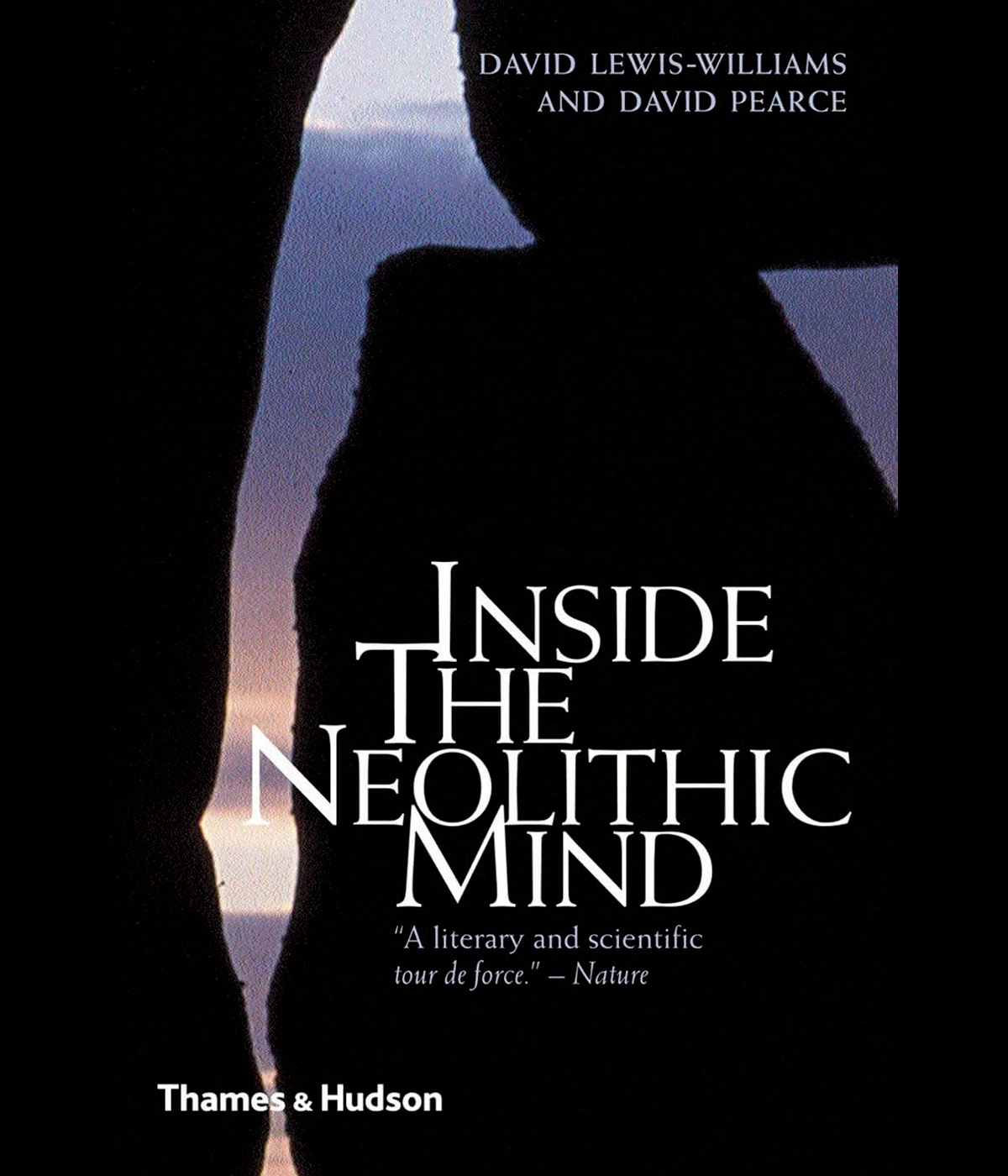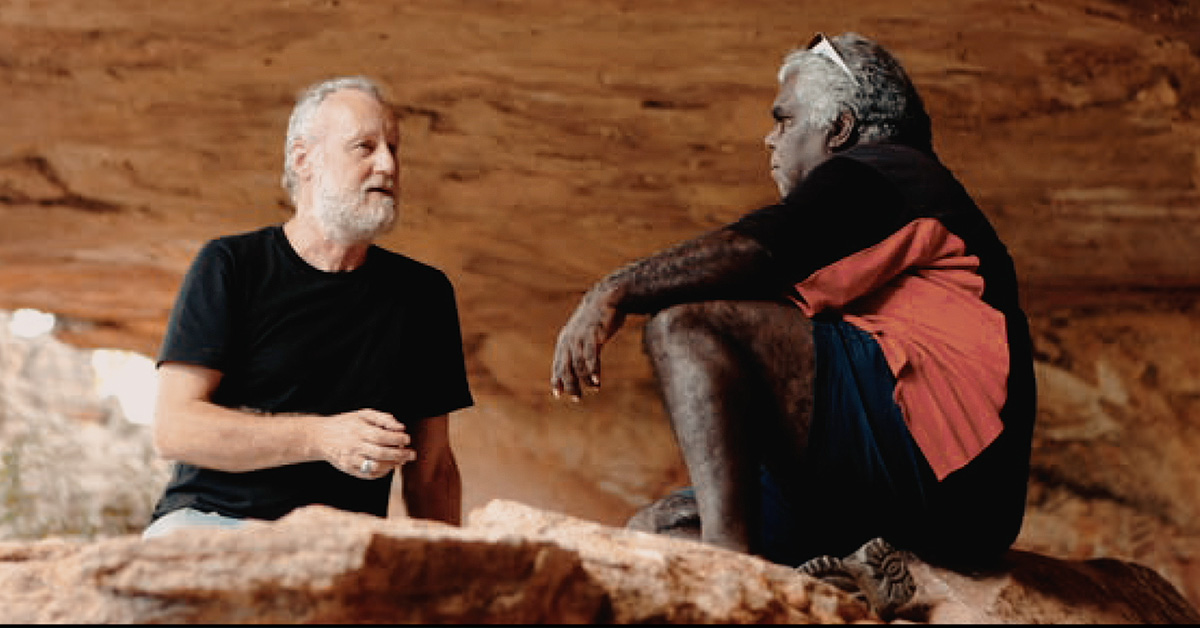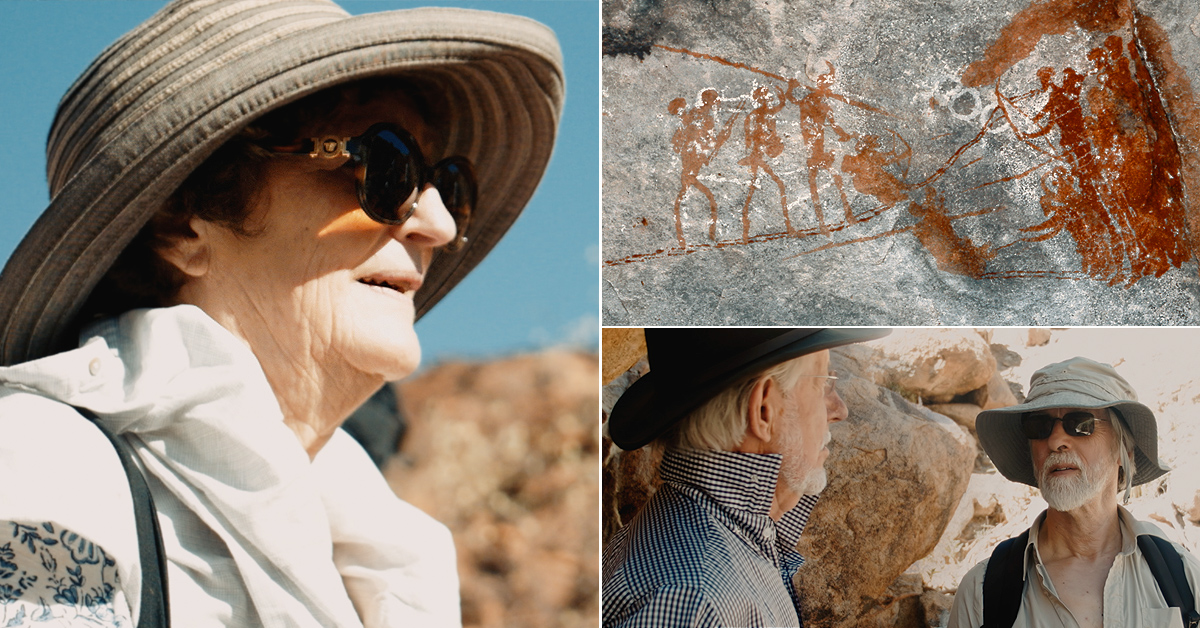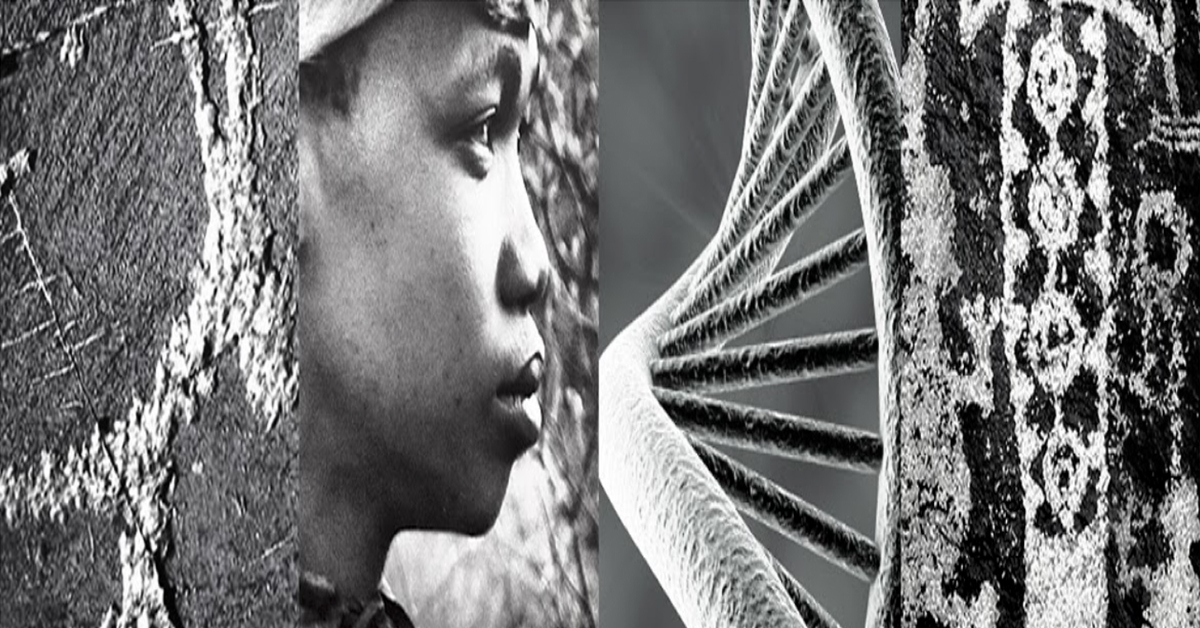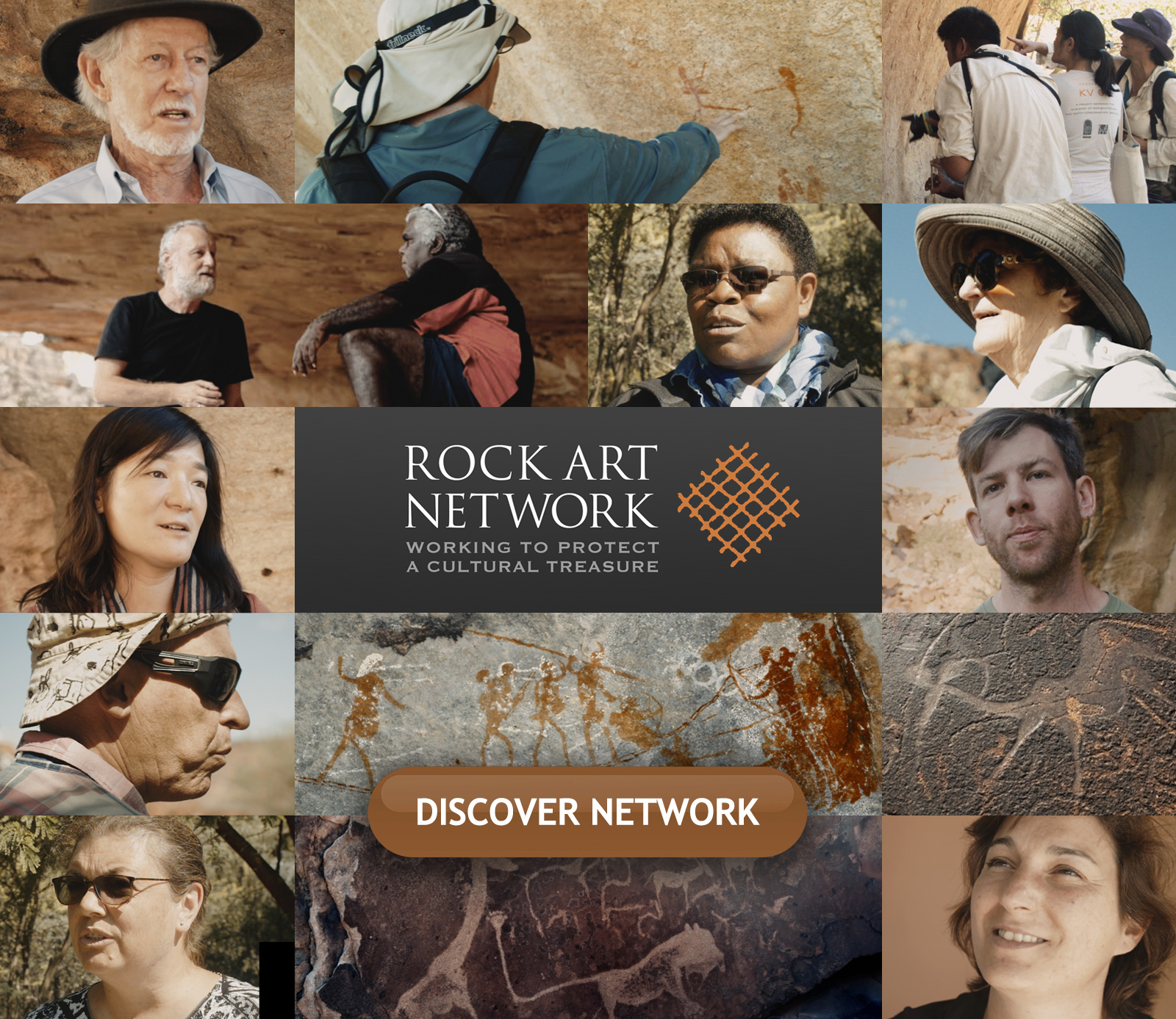


by David Lewis-Williams
- Paperback: 320 pages
- Publisher: Thames & Hudson
- Language: English
- ISBN-10: 0500288275
- ISBN-13: 978-0500288276
An exploration of how brain structure and cultural content interacted in the Neolithic period 10,000 years ago to produce unique life patterns and belief systems. What do the headless figures found in the famous paintings at Catalhoyuk in Turkey have in common with the monumental tombs at Newgrange and Knowth in Ireland? How can the concepts of "birth," "death," and "wild" cast light on the archaeological enigma of the domestication of cattle? What generated the revolutionary social change that ended the Upper Palaeolithic?
David Lewis-Williams's previous book, The Mind in the Cave, dealt with the remarkable Upper Palaeolithic paintings, carvings, and engravings of western Europe. Here Dr. Lewis-Williams and David Pearce examine the intricate web of belief, myth, and society in the succeeding Neolithic period, arguably the most significant turning point in all human history, when agriculture became a way of life and the fractious society that we know today was born.
The authors focus on two contrasting times and places: the beginnings in the Near East, with its mud-brick and stone houses each piled on top of the ruins of another, and western Europe, with its massive stone monuments more ancient than the Egyptian pyramids.
They argue that neurological patterns hardwired into the brain help explain the art and society that Neolithic people produced. Drawing on the latest research, the authors skillfully link material on human consciousness, imagery, and religious concepts to propose provocative new theories about the causes of an ancient revolution in cosmology and the origins of social complexity. In doing so they create a fascinating neurological bridge to the mysterious thought-lives of the past and reveal the essence of a momentous period in human history. 100 illustrations, 20 in color.
Praise for Inside the Neolithic Mind::
'Wonderful' - Dr Christopher Chippindale, Cambridge University
'An important book' - Professor Richard Bradley, University of Reading
'Compelling... an exciting read' - Professor Andrew Sherratt, Oxford University
David Lewis-Williams:
David Lewis-Williams is professor emeritus of cognitive archaeology at the University of the Witwatersrand in Johannesburg. David Lewis-Williams, as he is known to his friends and colleagues, is regarded as an eminent specialist in the San or Bushmen culture, specifically their art and beliefs. His book, The Mind in the Cave: Consciousness and the Origins of Art (Thames & Hudson) won the American Historical Association's 2003 James Henry Breasted Award. His most recent books are Inside the Neolithic Mind: Consciousness, Cosmos, and the Realm of the Gods (Thames & Hudson) co-authored with David Pearce and published in 2005, Conceiving God: The Cognitive Origin and Evolution of Religion, published in 2010, and Deciphering Ancient Minds: The Mystery of San Bushman Rock Art, co-authored with Sam Challis and published in 2011.
by George Nash
19 November 2024 Book Review Archive
→ Portable and Parietal Art of Kamyana Mohyla, Ukraine
by Simon Radchenko
22 May 2024
by Meenakshi Dubey-Pathak and Jean Clottes
10 November 2023
by Paola Demattè
12 January 2023
by Paul Pettitt
10 November 2022
by Paul S.C. Taçon, Sally K. May, Ursula K. Frederick, Jo McDonald.
6 September 2022
by Simon Radchenko
22 May 2024
by Meenakshi Dubey-Pathak and Jean Clottes
10 November 2023
by Paola Demattè
12 January 2023
by Paul Pettitt
10 November 2022
by Paul S.C. Taçon, Sally K. May, Ursula K. Frederick, Jo McDonald.
6 September 2022
Friend of the Foundation
by Simon Radchenko
22 May 2024
by Meenakshi Dubey-Pathak and Jean Clottes
10 November 2023
by Paola Demattè
12 January 2023
by Paul Pettitt
10 November 2022
by Paul S.C. Taçon, Sally K. May, Ursula K. Frederick, Jo McDonald.
6 September 2022
